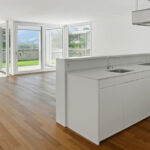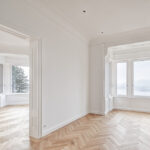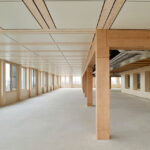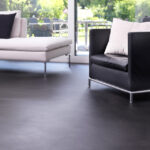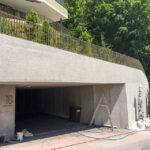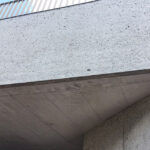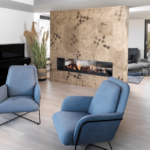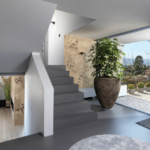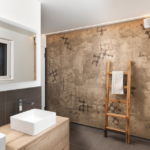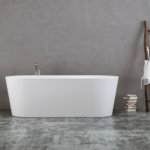- Home
- Competencies
Facade construction

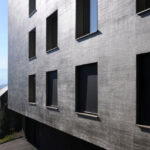
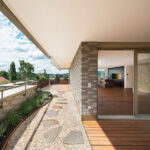
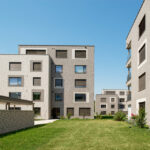
- Service
- About Us
- Contact
Headquarters in Emmen
-
MVM AG
Kirchfeldstrasse 44
6032 Emmen - 041 289 04 04
- mail@mvm-ag.ch
-
Monday - Friday
08:00–12:00 / 13:30–17:00
Zug location
-
MVM AG ZG
Commercial Street 11
6330 Cham - 041 758 18 57
- mail@mvm-ag-zug.ch
-
Monday - Friday
08:00–12:00 / 13:30–17:00
Sursee location
-
MVM AG Sursee
Surentalstrasse 10
6210 Sursee - 041 920 35 15
- mail@mvm-ag.ch
-
Monday - Friday
08:00–12:00 / 13:30–17:00
Stans location
-
MVM AG Stans
Hansmatt 30
6370 Stans - 041 610 00 42
- mail@mvm-ag.ch
-
Monday - Friday
08:00–12:00 / 13:30–17:00
-
MVM AG
- Rental
- Shop
Tips on plastering drywall and plastering work in interior construction
- Competently. Innovative. Qualitatively.
- from MVM AG
- September 15, 2021
If you are planning an interior finish, you should study extensively with suitable plaster for drywall and tips on possible plastering work. This is because companies, as well as private individuals, are increasingly relying on drywall for interior finishing work. After placing the drywall, it is necessary to plaster the panels. We will explain to you which types of plaster are available for drywall. In addition, we will inform you about other facts that are worth noting during the plastering work.
Overview of the types of drywall
Before choosing plaster for drywall and Plastering work start, the differences between the plates used are a notable criterion. For example, gypsum plasterboards score with their light weight, clay building boards with heat storage and wood composite panels with their resistance. Mineral building boards are mostly inexpensive. You will discover plastic and foam sheets with a wide variety of designs. Sometimes it makes sense to use different types of panels with their advantages in combination.
Noteworthy properties of plaster for drywall
Plaster for drywall consists of the components sand, binding agent and water. Experts divide the material for plastering work into quality levels Q1 to Q4. If you want to identify the differences between different variants of plaster for drywall, several properties are relevant. For example, it is important whether the grain is coarse or fine. You must also note whether trowels, rollers or brushes are used with the selected plaster for the recommended application technique. Another distinguishing feature is the composition of the material. This can include clay, cement and lime or synthetic resin.
Finding the right plaster for drywall made of different materials
While you plaster for Drywall both components must fit together before the plastering work. If the plaster is mineral, mineral building boards are recommended. This applies to cement panels, for example. Reinforcement plaster is used for panels made of so-called expanded polystyrene (EPS) made of plastic or foam material. This plaster works like an adhesive that easily attacks the surfaces of the drywall and bonds with the panels. Reinforcement plaster prevents cracks because the material distributes pressure and tension.
Machine plaster and high-grade plaster at Rigips as a challenge for craftsmen
Traditional plastering work is not usually planned for plasterboard. Instead, experts usually fill these panels with a plaster-based filler. It is then necessary to grind the material. If you prefer to use plaster for such drywall, brush and roll plaster for plasterboard can be used after a necessary primer. Professional craftsmen use, among other things, special machines for Rigips. For this reason, this type of application is also called machine plaster. Because the correct combination between the type of plaster and the substrate is particularly crucial. For example, for plasterboard you usually need a high-grade plaster that, according to the manufacturer's instructions, fits plasterboard. Anyone who applies this plaster with a trowel needs a lot of experience.
Conclusion: plastering with drywall - a case for professionals
Knowledge and experience are necessary in order to be able to unequivocally select the right plaster for drywall in individual cases. In addition, the plastering itself is a considerable challenge.
Therefore, in case of doubt, you should always turn to professionals with many years of experience, such as MVM AG. Take it now Contact to arrange an individual consultation!



